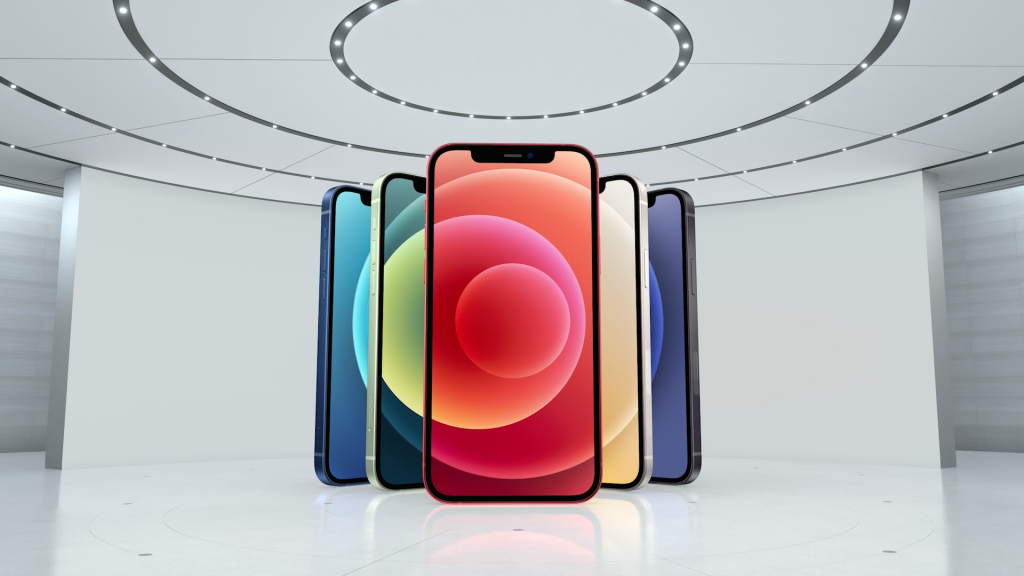During last week’s Apple’s iPhone 12 event, the Cupertino-based company was proud to tout its environmental initiatives. Apple’s all data centers, offices and stores currently run on 100% renewable energy and it is aiming for net-zero “climate impact” by 2030.

Environmentally conscious redesign of Apple has spread beyond corporate offices and malls. The iPhones will not come with earbuds or a charger this year, all in the name of eliminating needless waste. This enables 70% more iPhones to be delivered on pallets and “it’s like taking 450,000 vehicles off the road every year,” according to Lisa Jackson, VP of Environment, policy and social initiatives at Apple.
“This will not only help minimize waste but also avoid upstream environmental impacts linked to the extraction of primary raw materials, manufacturing and distribution of products,” said Dr Teresa Domenech, lecturer in industrial ecology at University College London’s Institute for Sustainable Resources, told CNBC.
Even then, there is a dissonance in Apple’s current public ecological approach. For all the good the company purports to do, there’s one dogged style quirk that continues to remain, flying in the face of its corporate activism. Apple continues to stick to its proprietary Lightning charging port. It would have switched to USB Type-C if the company really cared about the environment.
The iPhone 12’s hidden costs
There are actually 2 billion iPhone charging adapters in the country, according to Apple, and it doesn’t include third-party adapters. The standard rectangular USB Type-A port is used for all of these adapters. But there will be a USB Type-C to Lightning cable included with the iPhone 12, leaving old adapters incompatible.

Later this month, sales reps in Apple stores will likely ask customers if they have a USB Type-C compatible charging adapter. Several may, many won’t. Of course, these users could still use their old 5W adapters and Type-A to lightning cables as well. But the current iPhone has fast charging, and users can switch to the newest charging adapters for quick electric fuel for $19. This curtails some of those environmental advantages.
Most of the tech world has switched to USB Type-C at this time. Currently, all Android phones are on the standard and have been so for years. Type-C is currently used for even the newest iPads and Macbooks, so it’s not as if the connection standard is new to Apple. It leaves the iPhone as the rogue outlier, stubbornly sticking to outdated electrical pins as a means to keep iPhone users tied to a proprietary port.
If Apple had moved to Type-C, it may have enabled the new cable and adapter ecosystem to be integrated into the iPhone 12. To keep the iPhone 12’s powered, users of the latest iPad or MacBook could roll over their existing charging accessories. Android users jumping to iPhone could have continued to use the charging adapters included with their old phones or someone who knows an Android user might have their current power system piggybacked off.

Overall, the decision by Apple not to provide a charging adapter with the phone this year is positive for the environment. Apple is also a trendsetter, as the majority of the tech community following the suit. And, of course, it would also boost gross margins by not having to include accessories.
But don’t believe that all of this is about Apple being altruistic. If it had been, Lightning may have been killed years earlier, rather than sticking to it with a death grip to prevent iPhone users from purchasing elsewhere.

1 Comment
Pingback: Apple Chargers to opt for GaN Tech for Lighter and Smaller Charger - Craffic